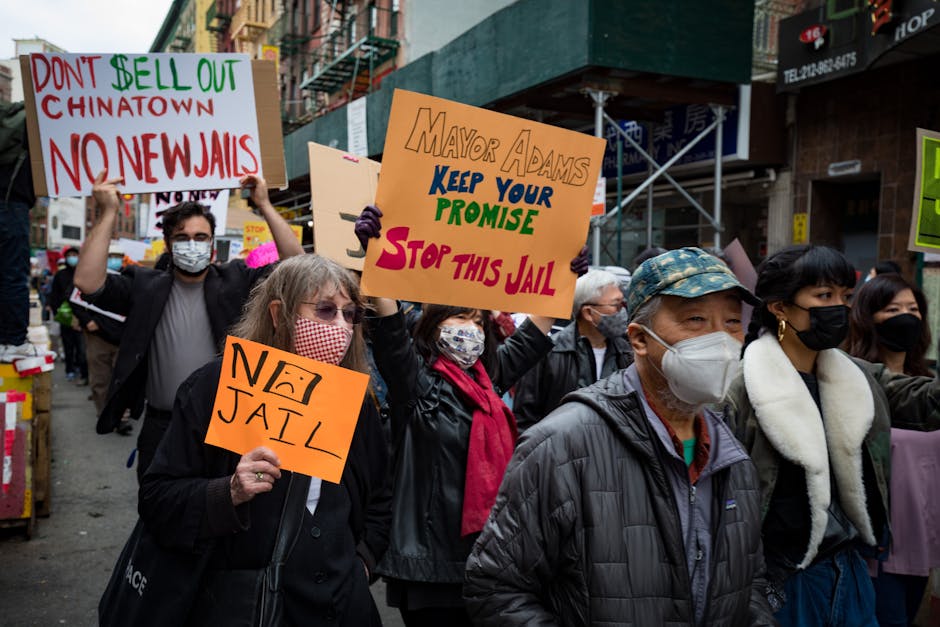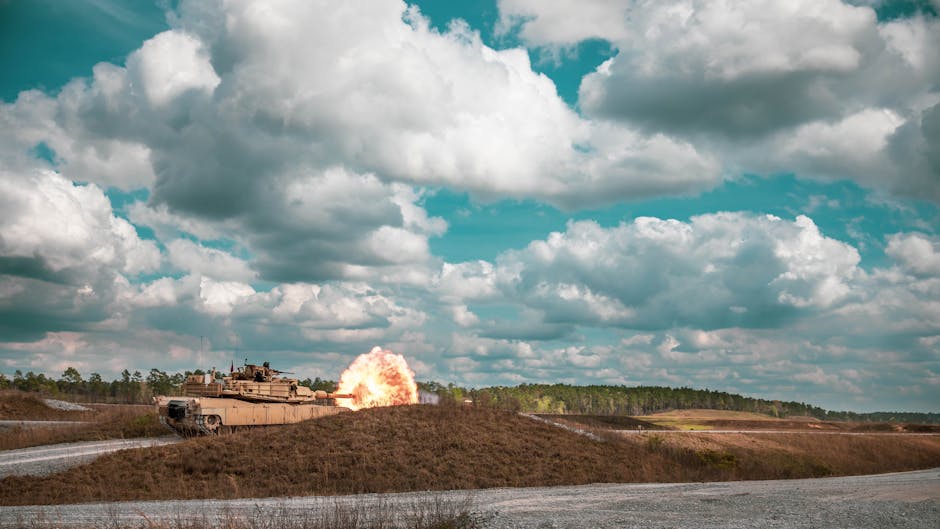Every Independence Day, the nation’s eyes turn to the majestic Red Fort in Delhi. Its magnificent red sandstone walls stand as a powerful symbol of India’s sovereignty, history, and resilience. But a new, insidious shadow is falling over this icon—a shadow made of soot and toxic grime. A recent, alarming study has confirmed what heritage conservationists have feared: Delhi’s lethal air pollution is literally blackening the Red Fort, stripping it of its iconic crimson hue.
The Alarming Findings: What the Study Revealed
The study, conducted by a team of environmental scientists and archaeologists, paints a grim picture. Researchers analysed scrapings from the fort’s walls and found dangerously high concentrations of black carbon (soot) and other particulate matter. These pollutants, spewed daily from millions of vehicle exhausts, industrial smokestacks, and construction sites, are not just settling on the surface. They are chemically bonding with the porous sandstone, causing irreversible discoloration and degradation.
What was once a vibrant red is now, in many exposed sections, a dull, mournful grey. The intricate carvings and delicate latticework that define Mughal architecture are being choked by pollution, their fine details obscured by a layer of corrosive grime. This is not merely an aesthetic issue; it’s a chemical assault on a UNESCO World Heritage Site.
How Pollution Corrodes a National Treasure
Dr. Aarav Sharma, lead author of the study, explained the mechanism in stark terms. “Think of it not as dust that can be wiped away, but as a corrosive chemical blanket,” he stated. “The carbon particles, combined with pollutants like sulphur dioxide and nitrogen oxides, create a weak acidic reaction when they mix with morning dew or rain. This acid slowly eats away at the stone’s surface, embedding the black carbon deep within its pores.”
This phenomenon is, tragically, not new to India’s monuments. The nation has watched as the pristine white marble of the Taj Mahal has yellowed and greened due to industrial pollution. The plight of the Red Fort is a chilling echo of that crisis, bringing the devastating impact of our environmental negligence right to the heart of the capital.
“A Losing Battle”: The Challenge for Conservationists
The Archaeological Survey of India (ASI), the custodian of the fort, is engaged in a constant battle to preserve the monument. They employ painstaking cleaning methods involving clay packs and gentle chemical treatments. However, experts warn that these are temporary, reactive measures.
“We are essentially fighting a losing battle,” an unnamed ASI official admitted. “We can clean a section, but the next day, a fresh layer of pollutants begins to settle. It’s like trying to mop the floor while the tap is still running full-blast.“
More Than a Monument: A Warning for Delhi’s Health
The blackening of the Red Fort is more than a heritage crisis; it is a visceral report card on Delhi’s air quality. If the toxic air can discolour and corrode solid stone, one can only imagine the silent damage it is inflicting upon the lungs of the city’s millions of residents. The monument’s fading colour is a visible symptom of the invisible disease plaguing our city.
As the Lal Qila stands, its darkening walls are a testament not to its glorious past, but to our precarious present. It is a silent witness, broadcasting an urgent warning. The question is no longer if we need to act on air pollution, but whether we will act before our most cherished symbols, and our very health, fade to grey forever.




